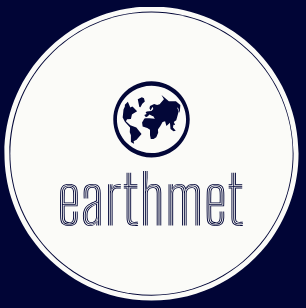Self-Serve Data Platform
Each of the domains exposing the data as products needs an infrastructure to host and operate the data. If we take a traditional approach, each of these domains will own their own infrastructure and have their own set of tooling and utilities to handle the data.
This phenomenon is not cost effective and requires a lot of effort from the infrastructure engineers in the domains. This approach also leads to duplicity of efforts across the domain teams.
A better approach would be to build a self-serve platform to facilitate the domains’ storing and exposing data as products. The platform will provide the necessary infrastructure to store and manage the data. The underlying infrastructure will be abstracted to the domain teams. It should expose necessary tooling that will enable the domain teams to manage their data and expose it as their domain’s product to other domain teams. The self-serve platform should clearly define with whom the data should be shared. It should provide an interface to the domain teams so they can manage their data products by using either declarative code or some other convenient manner.
Federated Computational Governance
Data are exposed as products in a data mesh and are owned by the domain teams. The data life cycle is also maintained by the domain teams. However, there is a need for data interoperability across domains. For example, if an organization has a finance domain team and a sales domain team, the finance domain team will need data from the sales domain team, and vice versa. Governance must be defined as to how the data is exchanged, the format of the data, what data can be exposed, network resiliency, security aspects, and so forth. Here, we need Federated Computational Governance to help.
Federated computational governance helps in standardizing the message exchange format across the products. It also helps in automated execution of decisions pertaining to security and access. There will be a set of rules, policies, and standards that has been decided upon by all the domain teams, and there will be automated enforcement of these rules, policies, and standards.

